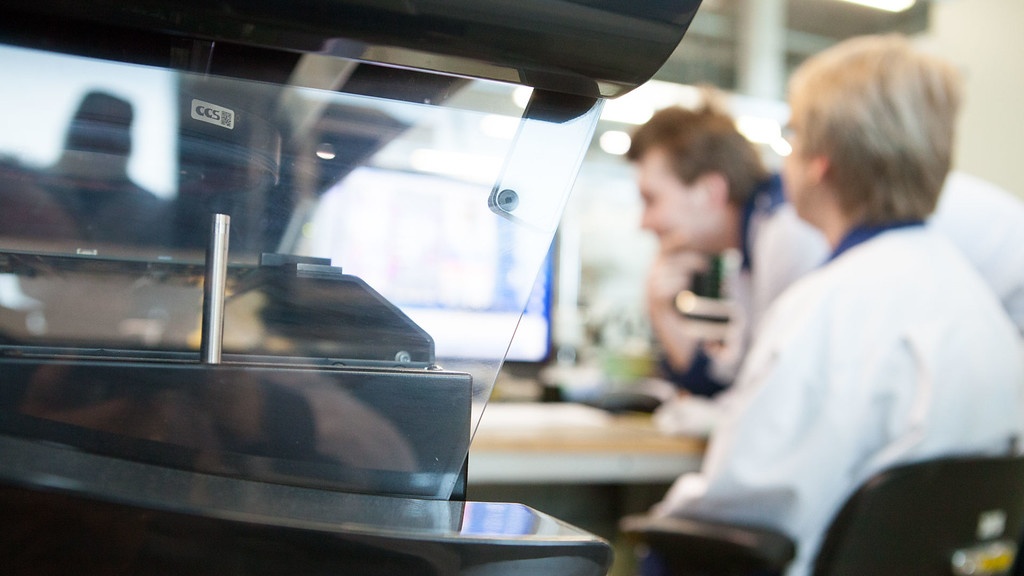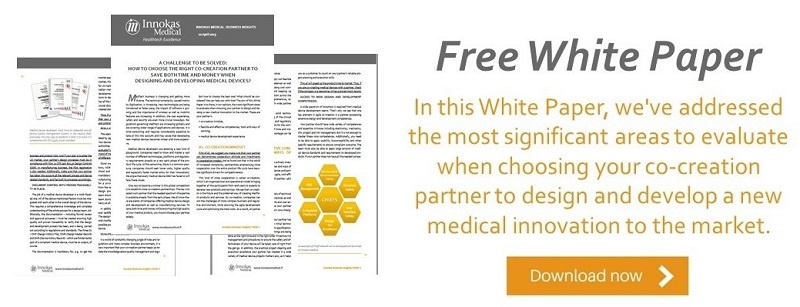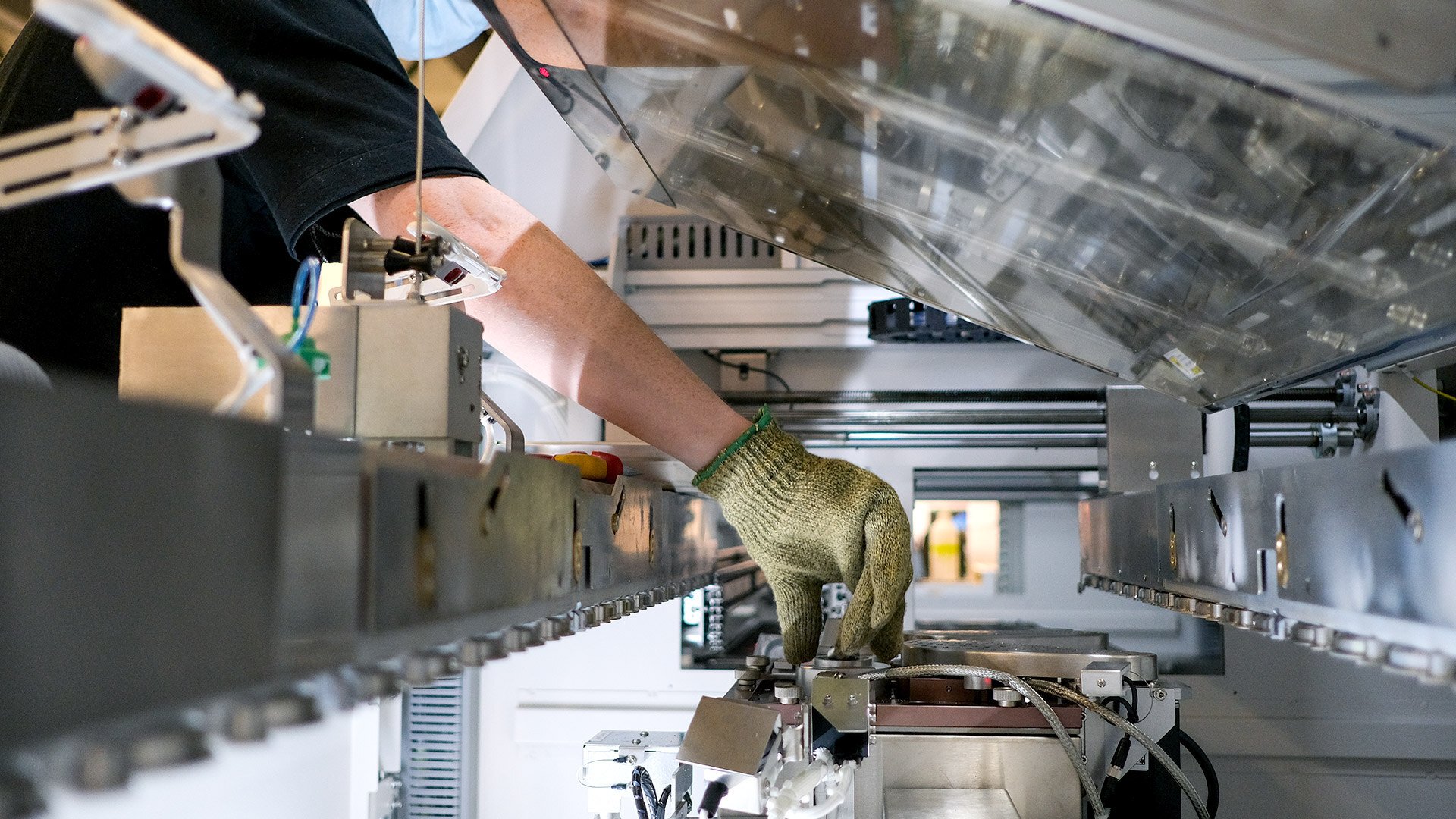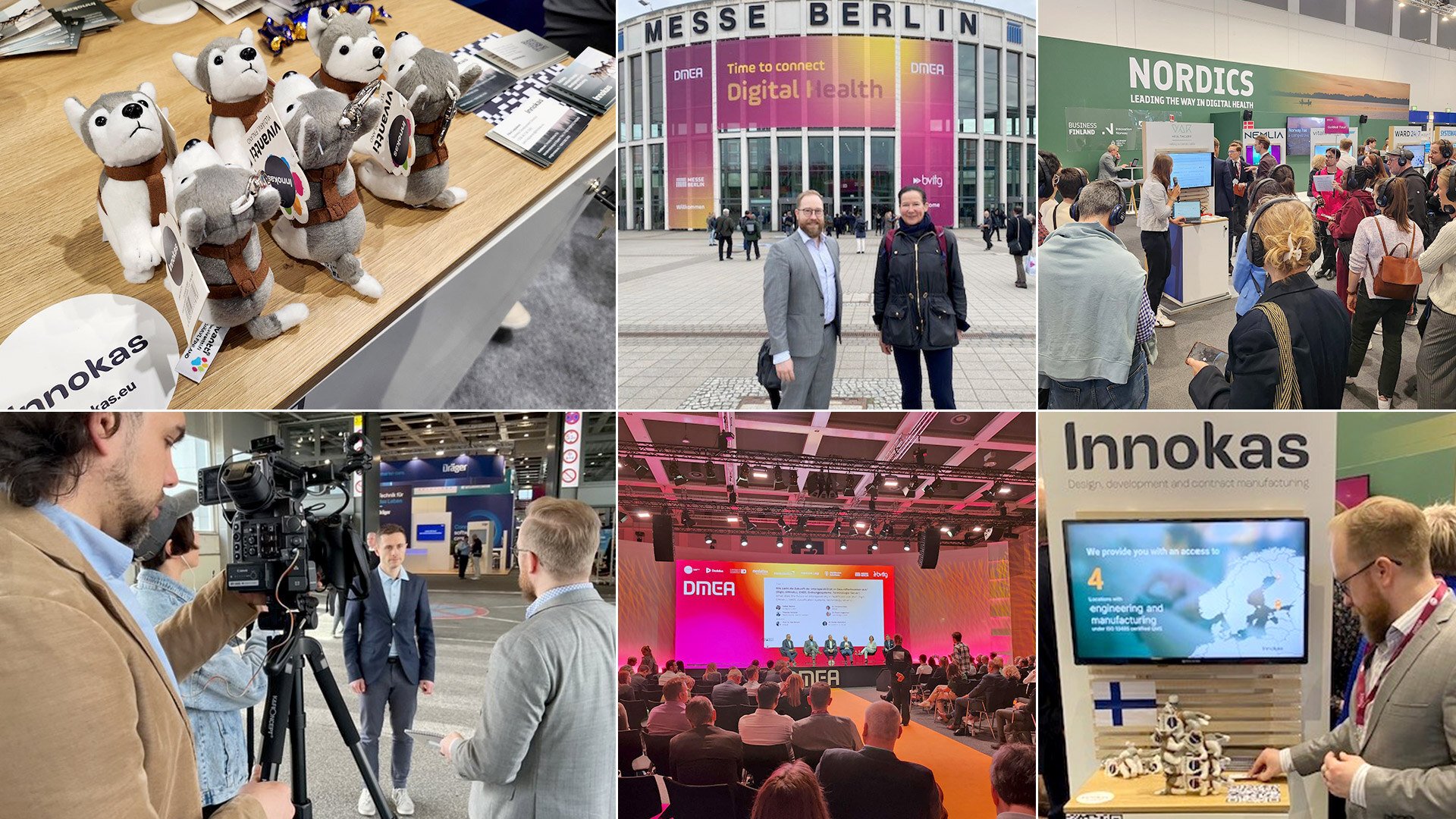MedTech as business is changing and getting more complex. For example, the technical complexity and regulatory requirements are something that are increasing as we speak. At the same time there is a pressure to lower the costs, improve quality and get products to market even more faster.
Are you designing and developing medical devices? Have you also faced these issues?
If yes, you’re now reading a useful blog post, as we’re discussing here about two very important elements that have an effect on how to achieve more agile medical device development cycles and how to lower the total costs, while ensuring the high quality of your product.
Co-creation brings benefits for everyone
The increased industry complexity has caused that partnerships emphasizing close cooperation over the entire product life cycle have become more significant drivers for competitiveness. This kind of close cooperation is called co-creation, which is an organizational and operational model bringing together all the participants from end-users to experts to develop new products and services.
We see that co-creation is the future and the preferred way of creating MedTech products and services. By co-creation, companies can win the challenges of more complex business and regulative environment, while ensuring the agile development cycle and optimizing the total costs. As a result, all parties get a competitive edge and can add more value.
Effective co-creation brings together solid technology-related know-how, an understanding of the clinical and user environments and strong quality and regulatory expertise. This generates a winning formula for the companies working together - and in terms of time and money, this added value and competitive advantage can be very significant.
Standardized working methods with real benefits bring agility
In addition to co-creation, companies should pay more attention on the modern, standardized working methods, meaning the ways MedTech products and services should be created in the future. For example, modern tools and high-quality processes are something that are truly needed – and in which companies should invest in to achieve agility.
One important element related to this is the importance of using modern product development models, which take the co-creation, complex business environment and constantly increasing regulatory requirements into account. These modern ways of working mean more agility, more transparency and more value.
One example is a white paper discussion where we state that one approach to shorten the development cycle of medical products is to apply three commonly known methodologies of product development to medical devices: Design Thinking, Lean Start-up, and Agile. According to our experience, medical domain can greatly benefit from these three methodologies by incorporating the customer’s voice as well as speed and agility from the development of digital services, where these methodologies have been widely used. Our vision emphasizes co-creation throughout the whole design and development phase.
Choose the most optimal co-creation partner providing most value to your business
We see that by co-creation and standardized working methods every party can ensure that all business-related complexities and regulatory requirements are met during each life cycle phase of the product, while at the same time speeding-up the time to market launch and reducing the total costs of the product.
But these aren’t, of course, enough. When designing and developing next generation medical devices to the market, you should choose the most optimal co-creation partner who provides most value to your business. And there is much more that should be considered when choosing your partner, than the cooperation mindset of your partner and the working methods they are using.
So how to choose the optimal one? What else should be considered? We can help you with that! Download our brand new, Free White Paper where we share, in our opinion, the most significant areas to evaluate when choosing your partner to design and develop a new medical innovation to the market!











